Introduction
Arcade history is filled with legendary characters that have stood the test of time. From the simple yet universally recognizable Pac-Man to the fiery rivalry of Ryu and Ken, these characters weren’t just made—they were carefully designed with purpose, creativity, and sometimes even happy accidents. But how exactly did these famous arcade icons come to life? Let's dive into the fascinating origins of gaming’s most beloved arcade characters.
Pac-Man (1980) – Inspired by a Pizza Slice
Developer: Namco
Designer: Toru Iwatani
Pac-Man, one of the most recognized video game characters of all time, was inspired by something as simple as food. Toru Iwatani, the game’s creator, has stated that Pac-Man’s shape came from looking at a pizza with a missing slice. He wanted a character that appealed to both men and women and focused on something other than violence—hence, a game about eating dots in a maze.
“I wanted to create a game that would be fun for everyone, not just men or boys. That’s why Pac-Man is so simple and has such a friendly design.” – Toru Iwatani
Pac-Man’s name derives from the Japanese phrase "paku paku taberu," which describes the sound of someone opening and closing their mouth while eating.
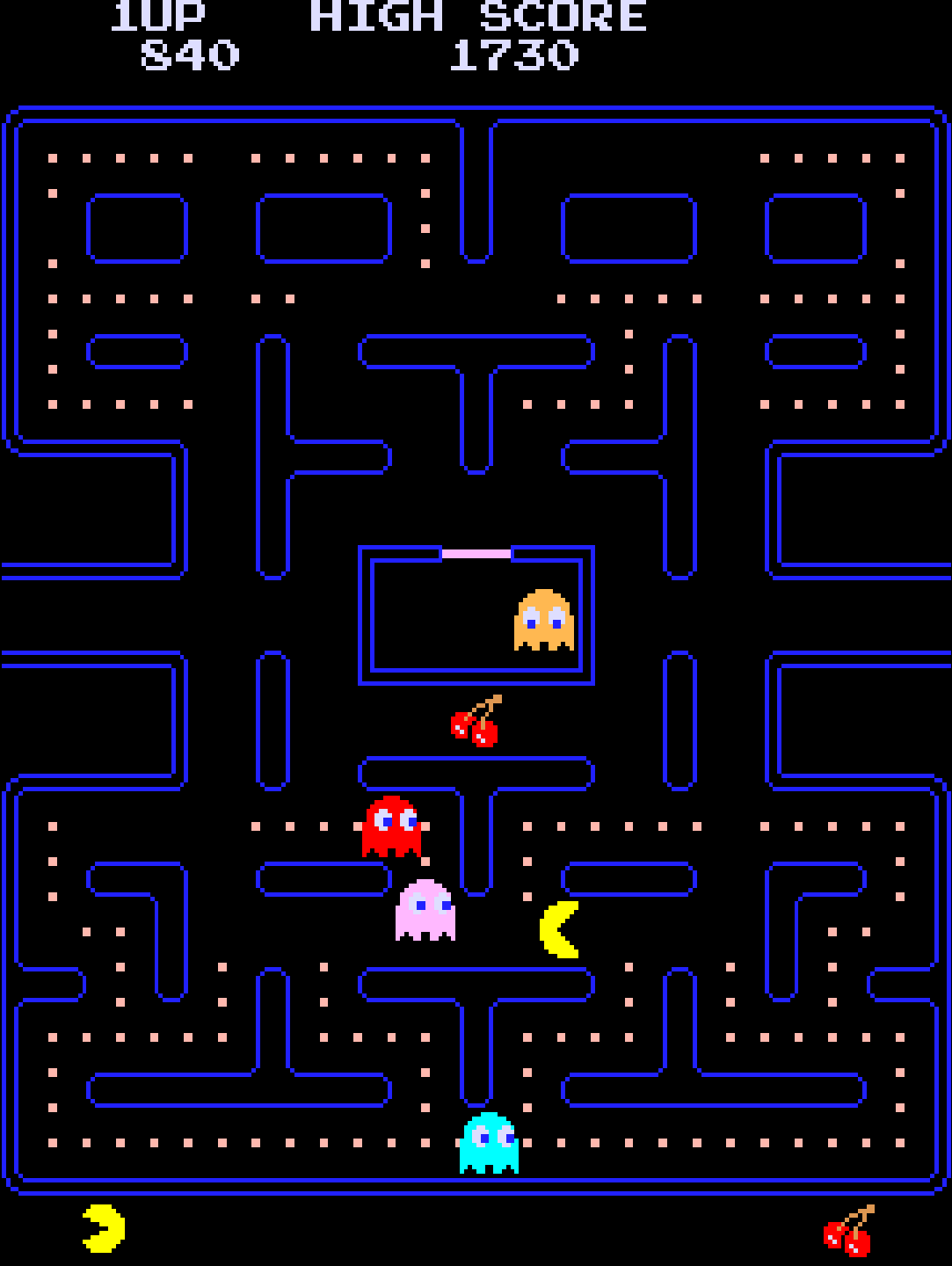
Donkey Kong (1981) – A Deliberate Naming Choice
Developer: Nintendo
Designer: Shigeru Miyamoto
Donkey Kong’s name was carefully chosen by Shigeru Miyamoto to convey a stubborn and strong-willed ape. He selected "Donkey" to represent stubbornness, based on his understanding of English, and "Kong" as a well-known reference to gorillas, particularly King Kong.
"We thought ‘Donkey’ was a synonym for ‘stubborn.’ It wasn’t until later that we realized how strange the name sounded." – Shigeru Miyamoto
While sometimes described as a mistranslation, the name was an intentional combination designed to make the character stand out.
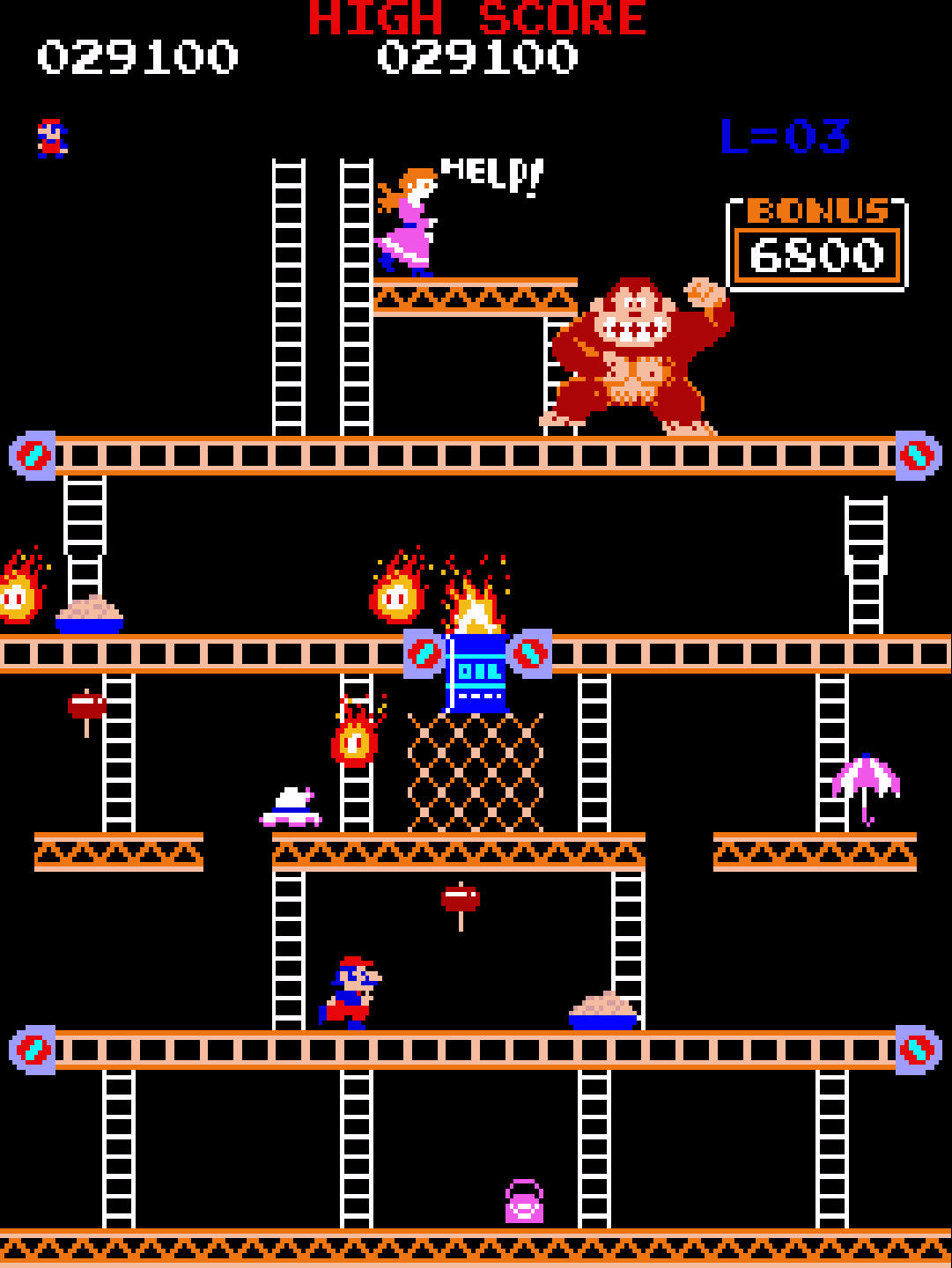
Ryu & Ken (1987) – Inspired by Martial Arts Films
Developer: Capcom
Designer: Takashi Nishiyama
The two legendary fighters from Street Fighter were inspired by martial arts movies of the 1970s. Ryu was created to represent a stoic Japanese martial artist, drawing inspiration from Mas Oyama, a real-life karate master. Ken, his rival and best friend, was given an American background to appeal to Western audiences.
“We wanted players to feel like they were stepping into a real martial arts battle, with two opposing styles.” – Takashi Nishiyama
The rivalry between Ryu and Ken was meant to make Street Fighter’s gameplay dynamic, setting the foundation for every fighting game rivalry to come.

Scorpion & Sub-Zero (1992) – Palette-Swapped Ninjas
Developer: Midway
Designer: John Tobias, Ed Boon
When Midway was developing Mortal Kombat, they had limited memory for character sprites. Instead of designing multiple unique fighters, they palette-swapped the same ninja character into Scorpion (yellow) and Sub-Zero (blue).
“We had to make the most out of limited resources, and that’s how Scorpion and Sub-Zero became two characters instead of one.” – John Tobias
This cost-saving trick actually created two of the most recognizable fighting game characters ever. Their opposite color schemes also played into their rivalry—Scorpion represented fire and death, while Sub-Zero symbolized cold and stealth.

Q*bert (1982) – An Accidental Hit
Developer: Gottlieb
Designer: Warren Davis, Jeff Lee
Q*bert was initially created as a test project for unique character movement, but his design quickly evolved into a full-fledged game. His unusual speech, represented as "@!#?@!", was the result of random sound generation, leading to a unique and quirky personality.
"Q*bert wasn’t supposed to speak words, just make funny noises. The garbled text just fit perfectly." – Warren Davis
The game’s unusual gameplay and character design made it one of the most memorable arcade games of the 1980s.
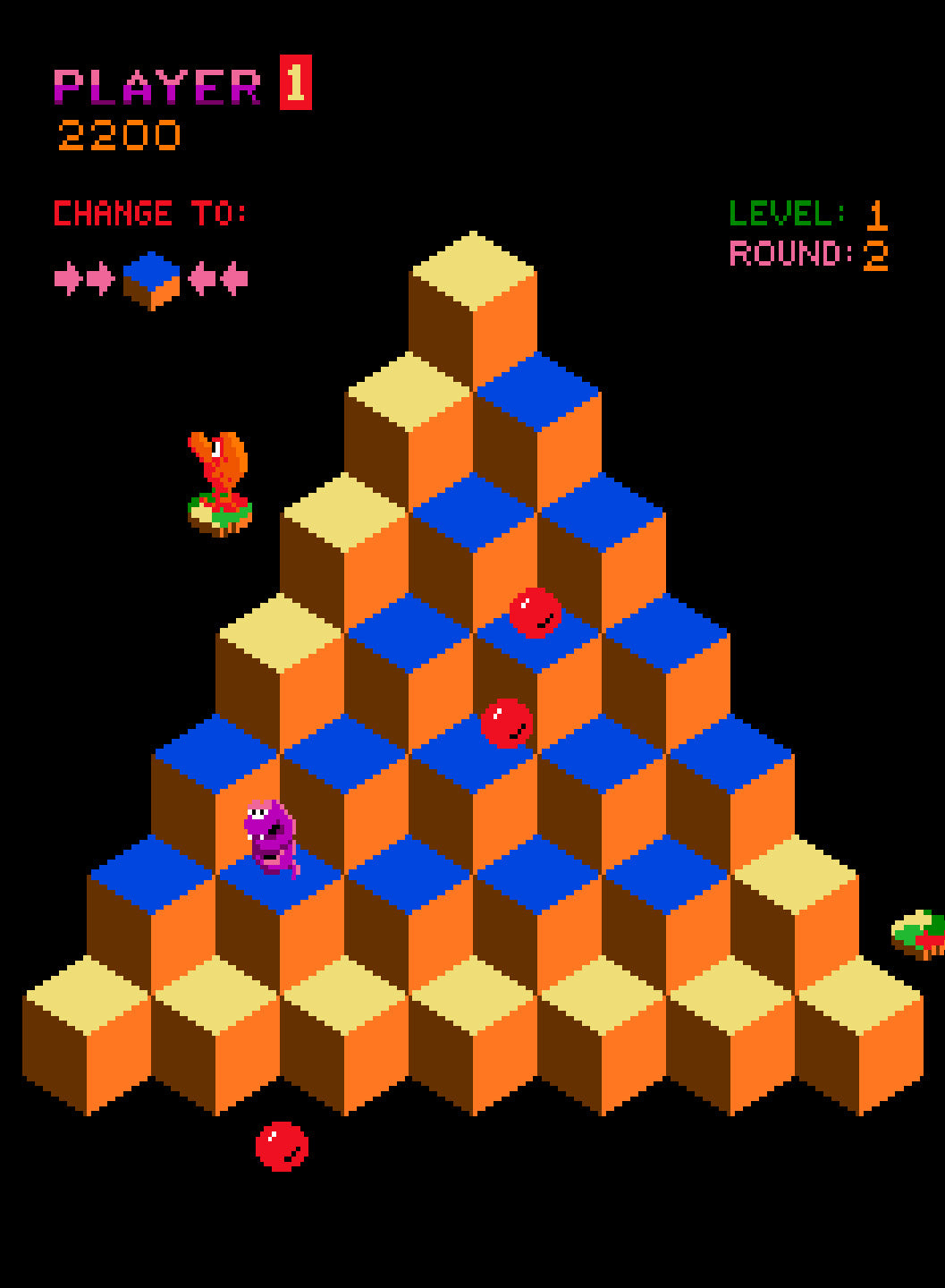
Ms. Pac-Man (1981) – From 'Crazy Otto' to Arcade Icon
Developer: General Computer Corporation (GCC) / Midway
Designer: Steve Golson
Ms. Pac-Man originated as an enhancement kit for the original Pac-Man, developed by a group of MIT dropouts at General Computer Corporation. Originally called "Crazy Otto," the project introduced new mazes, random ghost movements, and a female protagonist. Midway, Pac-Man’s U.S. distributor, saw the potential and acquired the project, transforming it into Ms. Pac-Man.
"We wanted to make something fresh and fun while keeping the spirit of Pac-Man intact. That’s how Ms. Pac-Man was born." – Steve Golson
Ms. Pac-Man not only improved upon Pac-Man's mechanics but also featured one of the first female protagonists in gaming, making it a significant milestone in arcade history.
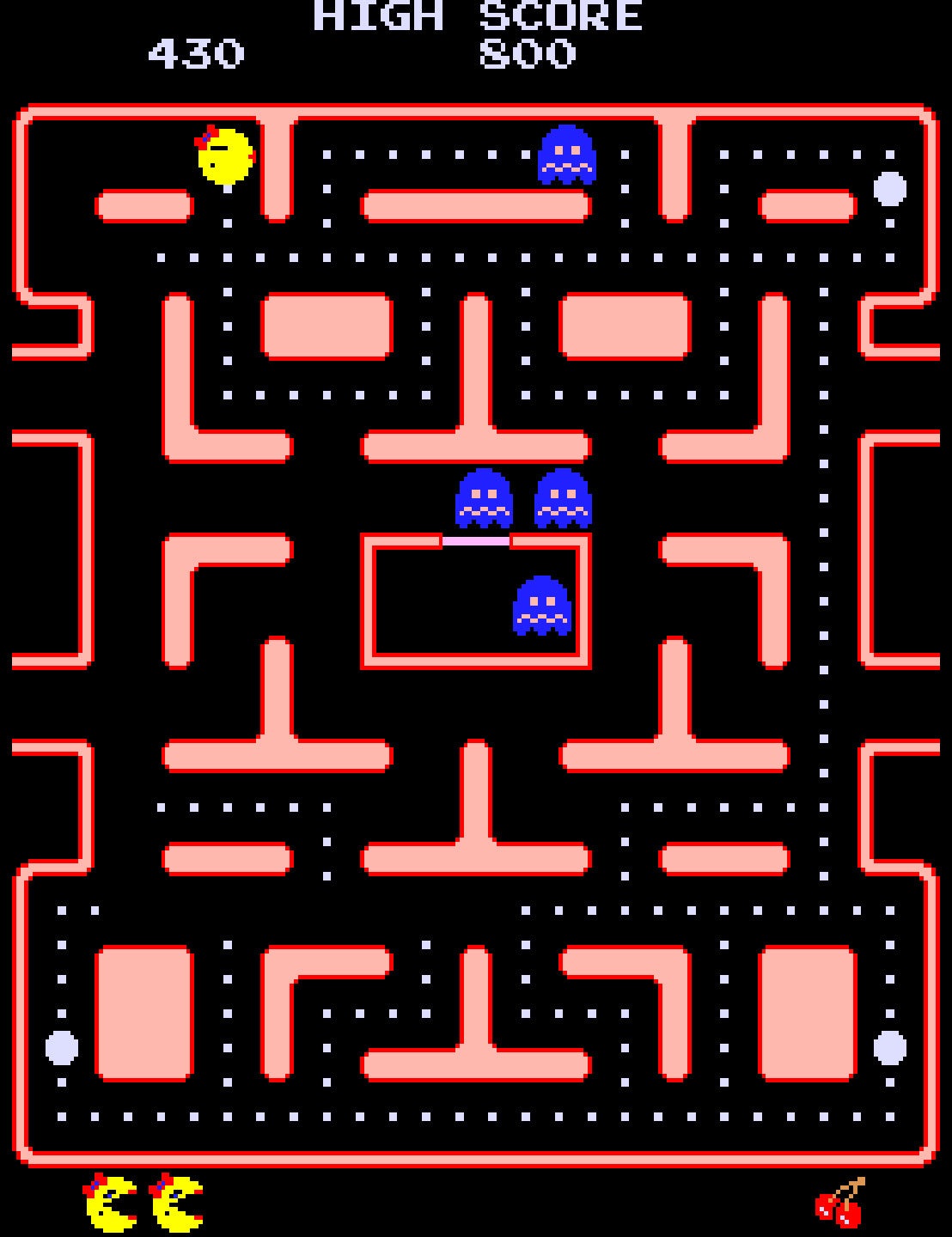
Bubble Bobble’s Bub & Bob (1986) – Designed for Co-Op Fun
Developer: Taito
Designer: Fukio Mitsuji
The cute dinosaur duo Bub and Bob were created with a simple goal: to encourage two-player cooperative play. Their transformation from humans into bubble-blowing dinosaurs was a unique design choice that added charm and personality to the game.
"We wanted a game that would encourage teamwork, something fun and approachable for everyone." – Fukio Mitsuji
Bubble Bobble’s design and gameplay went on to influence future co-op platformers and puzzle games.
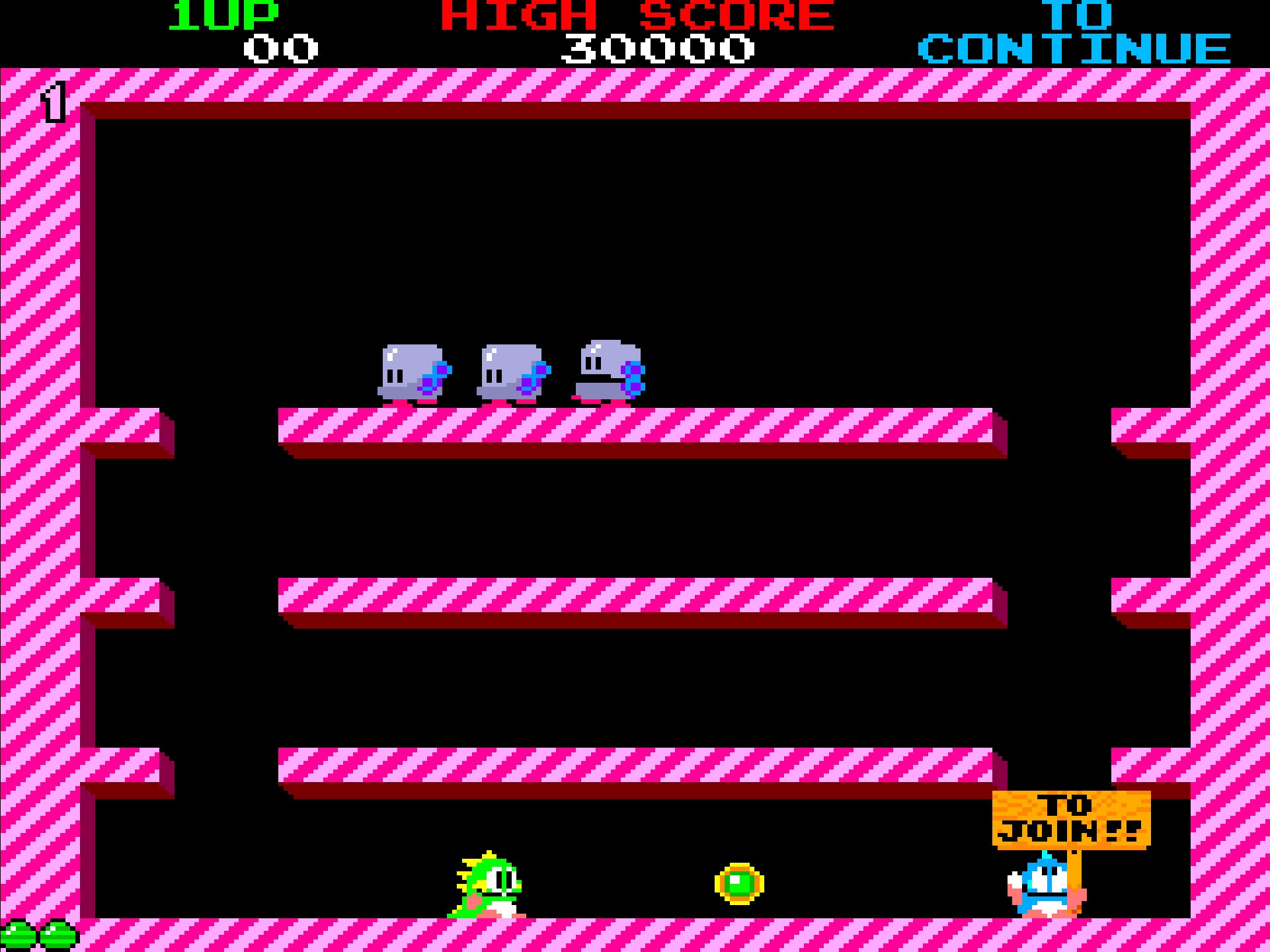
Mario (1981) – Named After a Landlord
Developer: Nintendo
Designer: Shigeru Miyamoto
Before he became the star of his own series, Mario debuted in Donkey Kong (1981) as "Jumpman." However, Nintendo of America employees renamed him Mario after their warehouse landlord, Mario Segale, due to his similar appearance.
Shigeru Miyamoto originally wanted Mario to be a simple, relatable everyman, which is why he was given a mustache (to define his face with low pixels), overalls (to make his arm movements clearer), and a cap (to avoid animating hair).
"We couldn't animate hair properly back then, so giving him a hat made everything easier." – Shigeru Miyamoto
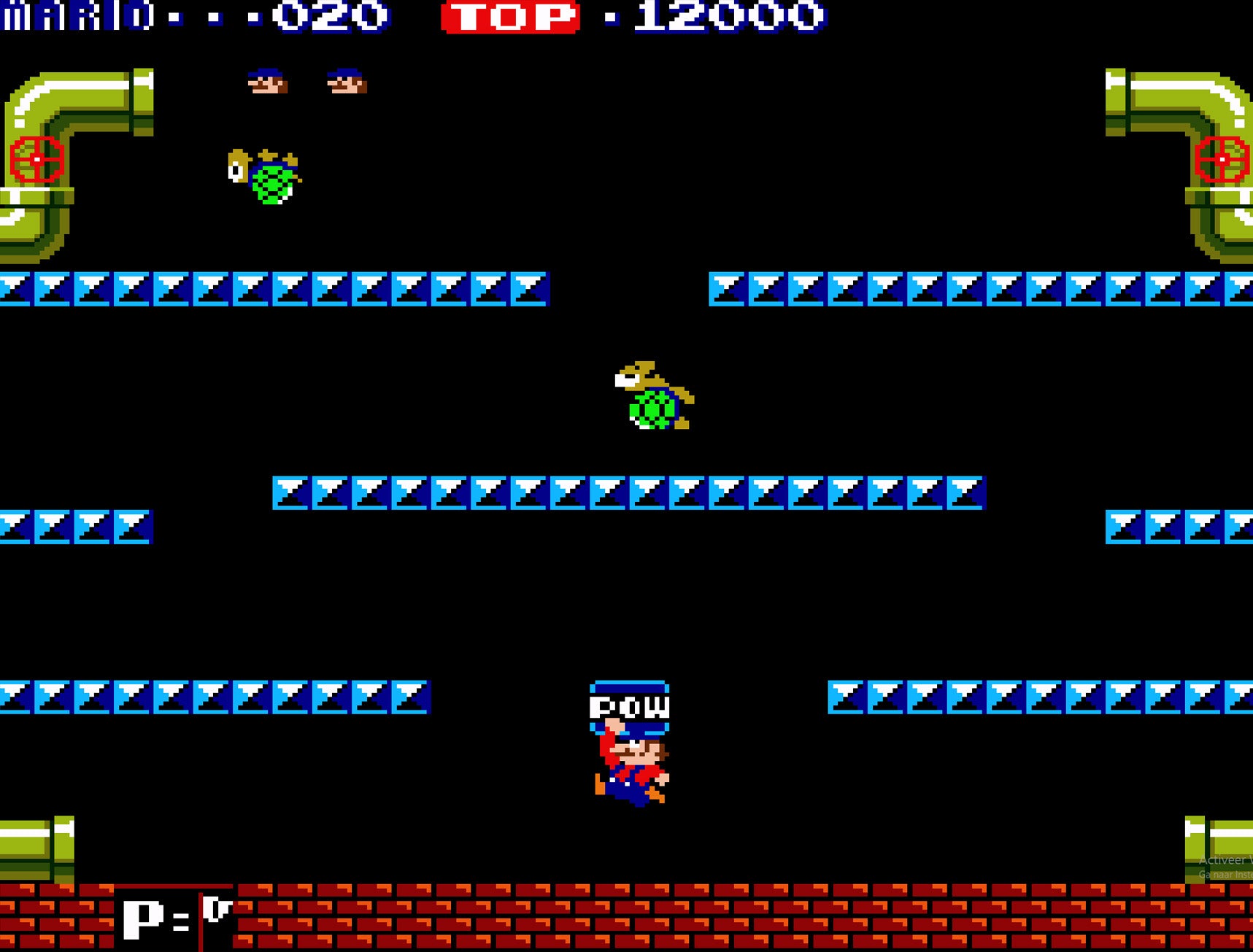
Conclusion – The Evolution of Arcade Character Design
From accidental name changes to technical limitations shaping iconic designs, arcade characters have fascinating origin stories. These pioneers of gaming continue to influence modern video game mascots and remain cultural icons decades after their debut. Share what your favorite is in the poll below!
Who’s Your Favorite Iconic Arcade Character?
Total Votes: 0
Current Results:
Sources & Further Reading
- 3 part interview from Bandai Namco about Pac-Man.
- Nintendo and Miyamoto Interview on Donkey Kong & Mario
- Miyamoto interview by TheMushroomKingdom on Donkey Kong.
- Steve Golson interview on Ms. Pac-Man
- Mitsuji Developer interview on Bubble Bobble (shmuplations.com)
- Interview with Takashi Nishiyama (Street Fighter creator)
- Q*bert creator interview (Warren Davis and Jeff Lee, Youtube video)
- Mortal Kombat Co-Creator John Tobias - Interview (podcast by arcade attack)
